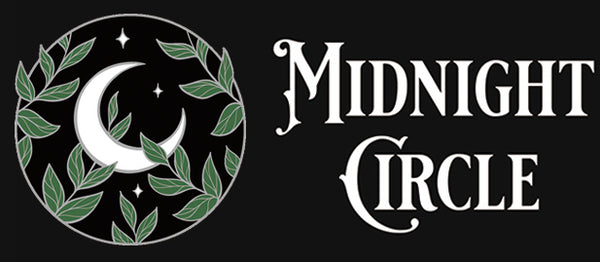Here's a wild botanical that is so common, chances are you walk by it regularly and might not give it a second thought. Often thought of as a "weed" much like Dandelion, this plant also pops up in lawns, along pathways, and at the edges of things where the ground has been recently disturbed.

We have a huge patch of it that sprang up all around the edge of our construction site for the pond. Free erosion control! It also dots our yard along with other common wild plants. Plantain is super hardy and will grow readily in poor quality and compacted soils, improving the soil quality if allowed to remain and become a fertilizer when its nutrient rich leaves die back and release their contents into the soil. Broadleaf Plantain's formal name is Plantago major, and it's easily identified by rosette growth pattern, smooth wide oval shaped leaves with distinctive veins that run the length of the leaf, and in the late summer to early fall, prominent flower spikes.

This little perennial plant is a powerhouse! Besides giving poor soils a boost, Plantain is a highly nutritious edible, and useful medicinal plant. Food wise, I like to think of it almost like wild kale. Rich in fiber, vitamins, and minerals, it's also a little tougher than salad greens. Early young leaves are more tender and can be enjoyed raw. Darker green and tougher leaves can be cooked and eaten in the same ways you would prepare kale. The flower spikes are also edible, and have a delicious mildly nutty flavor thanks to the tiny edible seeds inside.
But where this plant really stands out in my book is for its traditional medicinal properties. A long popular folk remedy for insect bites, Plantain has been used for centuries to ease minor skin irritations, bites, and stings.

Artwork depicting Broadleaf Plantain. Painted in 1584 by Gherardo Cibo.
There are many pieces of historical art like this, revering the plant as the shepherd, farmer, gardener, any man's herbal ally.
Plantain is famous for relieving the pain and itch bites can cause. The traditional and most direct way it can be used for this is called a "spit poultice" which is just like it sounds. Pick and chew up a leaf, then apply that right on an irritated insect bite. I imagine this field method was probably the most common application throughout the ages.
However, if that simple remedy isn't your thing, or doesn't seem particularly handy for anyone who isn't out working in fields surrounded by fresh Plantain leaves, it can also be worked with in creating balms, salves, creams, lotions, etc. I love to work with this amazing and versatile plant. It's a star ingredient in my Salve Stick along with some additional herbal allies for an easy on the go remedy ready to go anywhere you do.
I hope you try some Plantain both as an edible addition to your kitchen experiments, and remember its helpful medicine against pesky bites and irritations accumulated in the garden. Happy Foraging!
